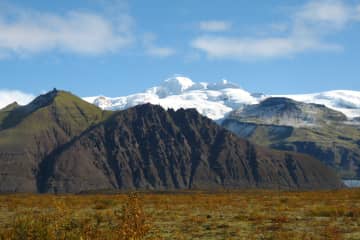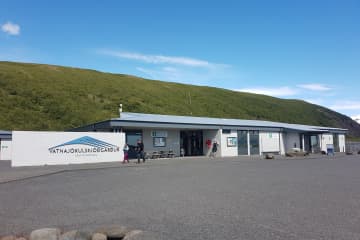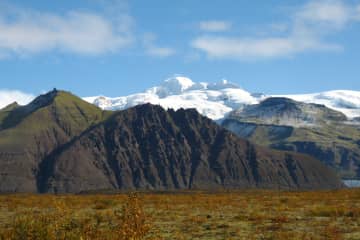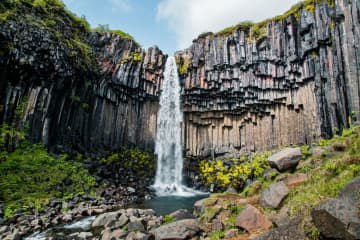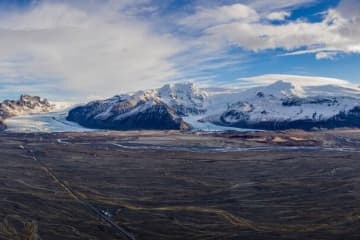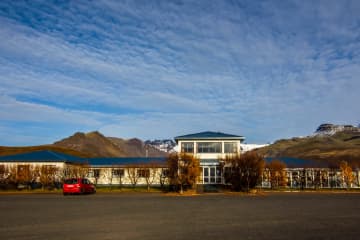Vatnajökull National Park
Vatnajökull National Park was established in 2008. It includes the national parks in Skaftafell (est. 1967) and Jökulsárgljúfur (est. 1973) along with the Vatnajökull ice cap itself and extensive areas around it. Today Vatnajökull National Park area covers 15% of Iceland.
A map showing the park’s boundaries (last updated September 21st, 2021): https://www.vatnajokulsthjodgardur.is/static/files/_blob/fuk31dewng5iwwugi4tnkb.jpg
Vatnajökull National Park is characterized by diversity on all fronts, be it landscape, biosphere, cultural remains, or service levels. For simplification, however, it may be placed into two categories: uninhabited highland areas with limited services and lowland areas with higher service levels.
The park‘s visitor centers are all located in lowland areas. Each of them has an exhibition about the park‘s nature and cultural heritage. Each also has a souvenir shop with a special emphasis on local handicrafts and products.
In 2019, Vatnajökull National Park was inscribed upon the UNESCO World Heritage List.
Visitor centres and other tourist information offices working with the park
Visitor centres and other tourist information offices working with the park provide information and services for the park and its immediate environs. The following offices operate along the south coast of Iceland:
• Skaftárstofa Visitor Centre | Kirkjubæjarklaustur | open all year
• Skaftafellsstofa Visitor Centre | Skaftafell | open all year
• Skálafell farm | Suðursveit | varying hours - all year
• Hoffell farm | Nes | varying hours - all year

